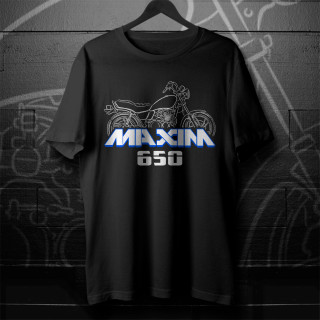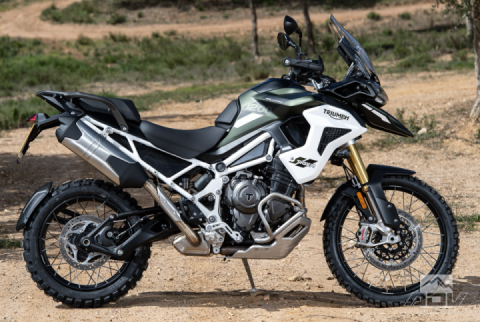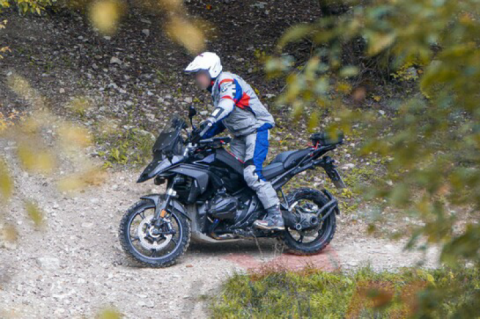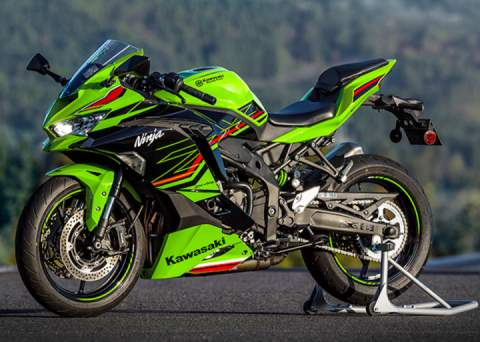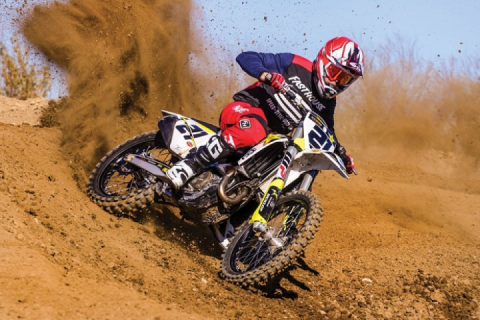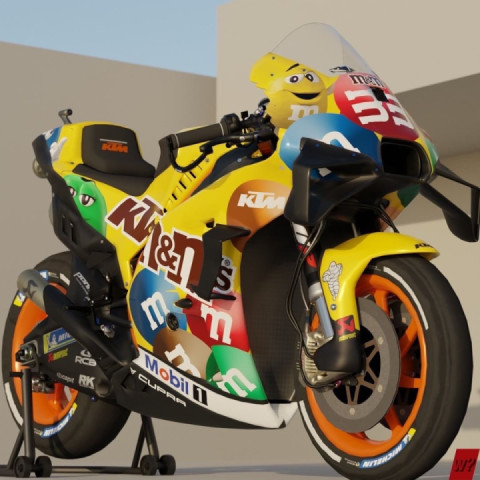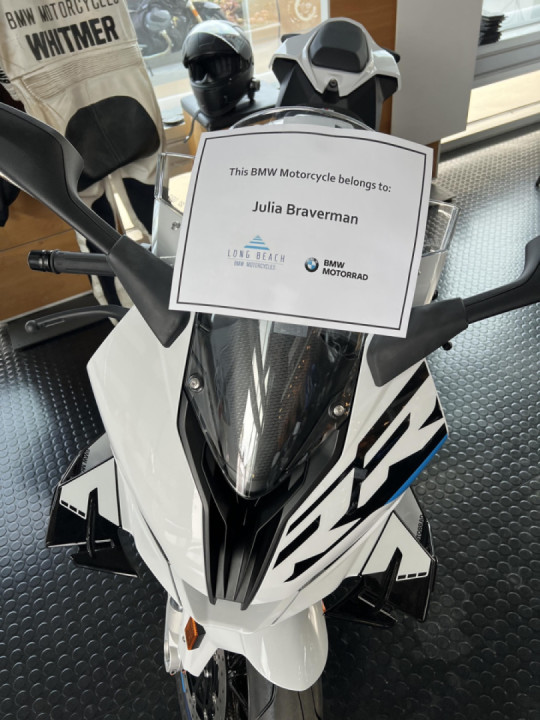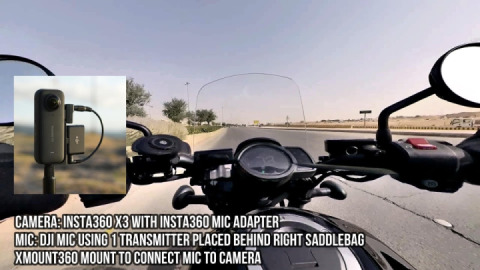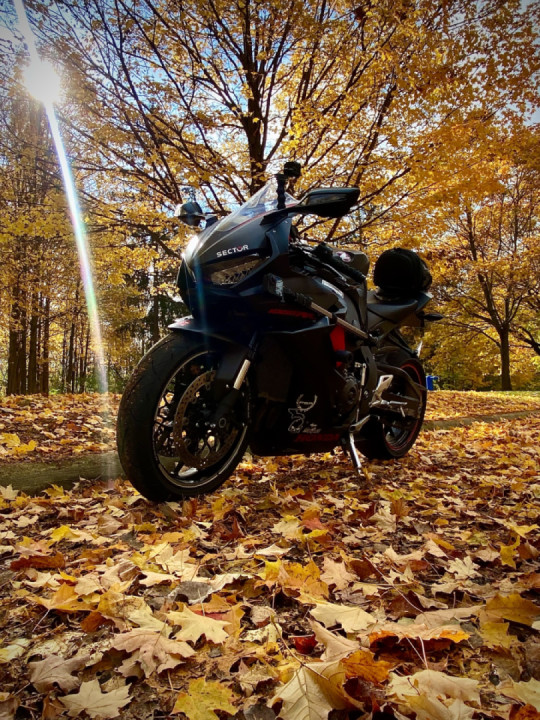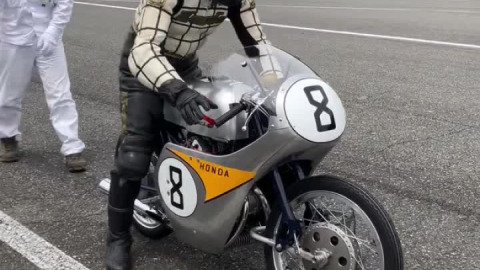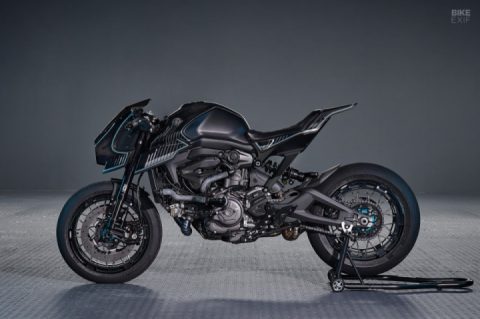
2023 Husqvarna FC 250 Test
At the end of last year, Husqvarna announced the new 2023 FC250 model. Is it better than the previous year's model? Mostly yes, although you'll need a bit of time to get used to it. That's the focus of our article today.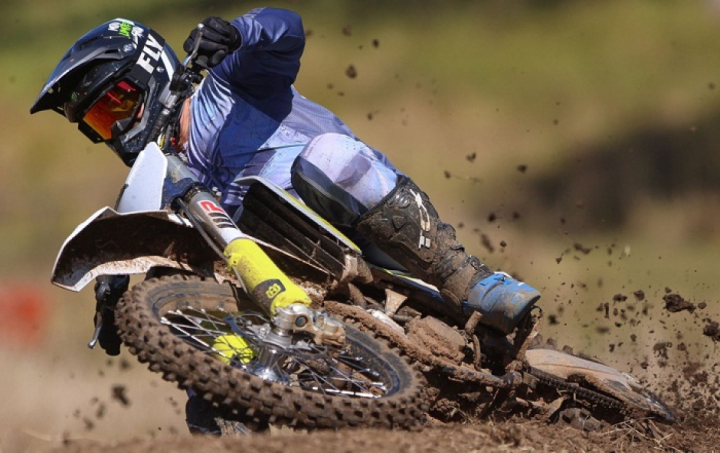
What's New in the 2023 Model? The 2023 Husqvarna FC250 is entirely new. The front wheel, brakes, handlebars, and ODI grips are practically the only aspects of this motorcycle that remain the same. The engine and frame have been significantly revised and are of utmost importance for the new model. So, what's actually new?
- New exterior design with specially adapted ergonomics to facilitate rider movement.
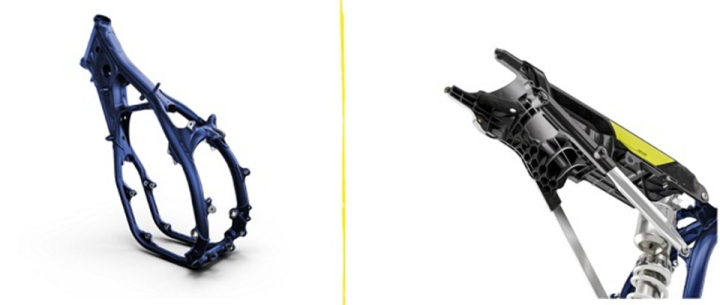
- A new hydroformed chromoly frame enhances behavior when "squatting" during acceleration.
- A new hybrid subframe construction made of aluminum and polyamide. The new hybrid subframe consists of 60% polyamide and 40% aluminum and is designed to flex and return to its original position to reduce damage in case of a fall.
- A new cast aluminum swingarm with optimized topology provides optimal stiffness and low weight. In recent years, there has been a trend towards increasing the use of aluminum in the construction, but the weight difference between the Husqvarna frame/airbox and KTM has become negligible.
- New fuel injection.
- The 250cc and 350cc engines feature an entirely new DS (Diaphragm Steel) clutch. It includes seven discs (one less than the previous model), six springs, and a milled steel basket with a new design. The inner hub and pressure plate have been redesigned to improve oil access.

- The new 2023 engine has a larger cylinder bore and a shorter stroke, going from 78.0 mm by 52.3 mm to 81 mm by 48.5 mm. Titanium intake valves remain at 32.5 mm in diameter, but exhaust valves are larger at 27.5 mm, indicating potential increased airflow for more power. Additionally, to centralize mass and reduce chain torque, the engine has been tilted 2 degrees back compared to the previous year's position. It also has an overall height 8 mm shorter and an intermediate shaft sprocket 3 mm lower. The new CP cylinder and piston weigh just 150 grams, increasing the compression ratio to 14.5:1, providing improved torque and maximum performance at high RPM.
- New Engine Management System (EMS).
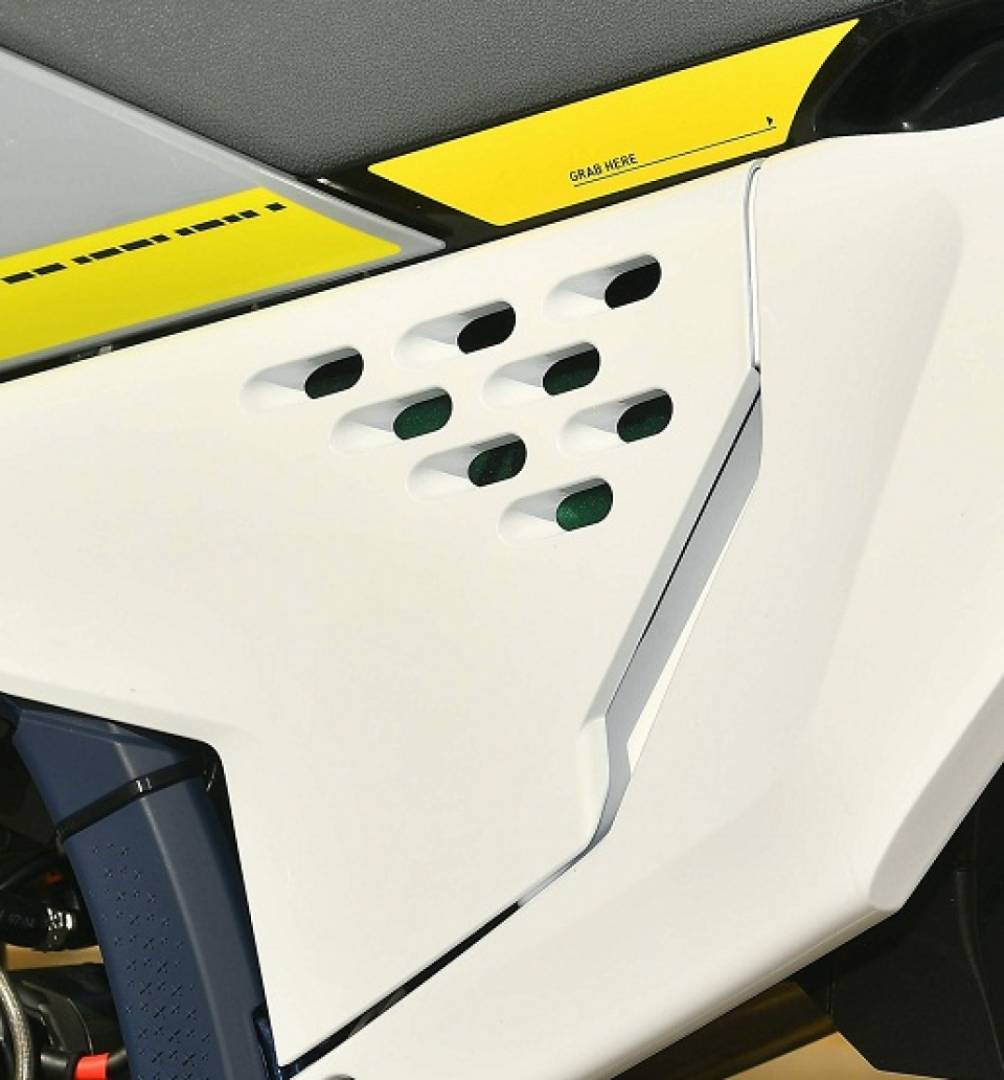
- A completely new five-sided air filter that now has only one mounting position, and its cover can be removed without tools. An additional side cover with openings is included for better engine "breathing."
- Larger radiators and a small exhaust pipe contribute to increased performance.
- A new Quickshift sensor provides smooth upshifting on all 4-stroke models.

- A new 48 mm front WP XACT fork.
- A new WP XACT rear shock design with tool-less adjusters.
- A new multifunction ignition map switch also activates the Quickshifter, Traction, and Launch Control.
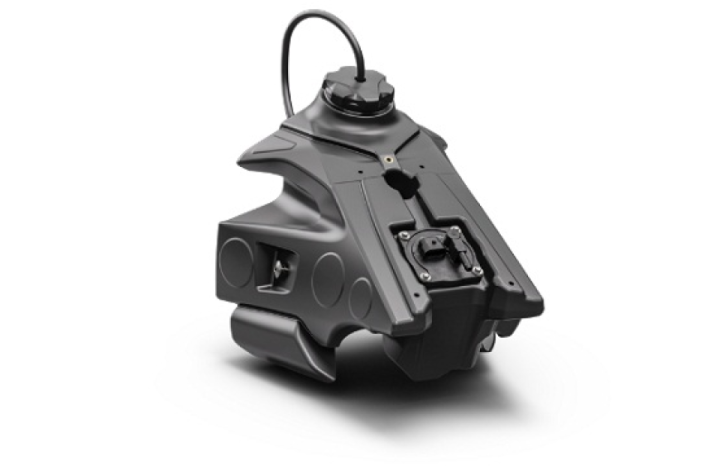
- An enlarged fuel tank with a capacity of 7.2 liters.
- High-efficiency Brembo hydraulic clutch system.
- Premium-quality ProTaper handlebar.
- Electric starter with a lightweight 2.0 Ah lithium-ion battery.
- Hour meter.
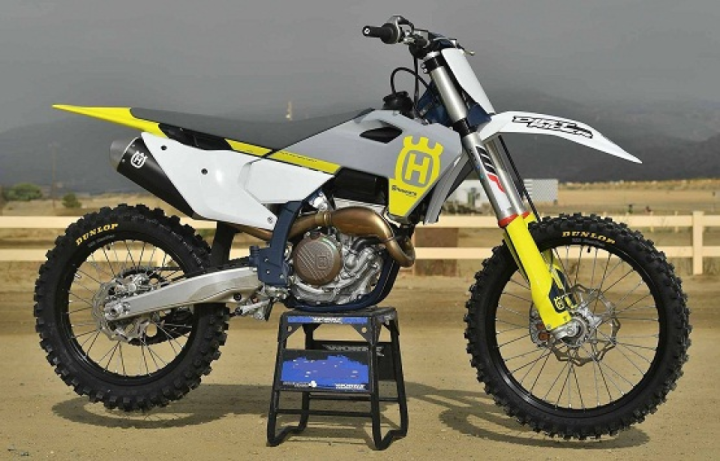
How Does the Husqvarna FC250 Differ from the KTM 250SXF? Plastic and graphics are not the only things that set Husqvarna apart from KTM. There are a few more differences:
- Power delivery. Although KTM and Husqvarna share the same engine, they behave differently. The KTM engine is more lively, faster, and more powerful, while the Husqvarna's power delivery is smoother and easier to manage.
- The Husqvarna version of the WP XACT air fork is 10 mm shorter than KTM's fork. Husqvarna's engineers didn't simply insert a 10 mm shorter fork tube into each fork leg to reduce length; they modified the cartridge rod and fork leg to keep the piston centered between the fork's legs.
- Husqvarna lowered the rear of the FC250, but they didn't want to shorten the shock, which was already shortened by 15 mm to fit the more compact 2023 frame. Instead, they developed a new linkage system that lowered the seat height by 2.5 cm. The previous year's 6 mm diameter head-seal cap was updated in 2023 to a 9.5 mm diameter, preventing the rear wheel from hitting the fender.
- Lower frame section. The difference between the lower Husky and taller KTM is quite noticeable.
- In previous versions, KTM's subframe was made of aluminum, while Husqvarna used a cast composite of carbon and plastic. In 2023, both brands use the same subframe made of aluminum and carbon composite.
- Husqvarna features a ProTaper handlebar, while KTM uses a Neken handlebar.
- Husqvarna has much more rounded radiator shrouds, in sharp contrast to KTM's very angular shrouds. Additionally, for motorcycles with the same frame, Husqvarna and KTM have completely different fuel tanks, but the fuel capacity remains the same.
- KTM and Husky don't have identical side panels, which is frustrating for Husky owners. On the KTM, the right side panel extends upward and over the shock compression adjusters. On the Husqvarna FC250, the right side panel stops short of the shock, resulting in the compression adjusters being exposed and vulnerable to contact with the rider's leg. This is a design oversight, primarily because it happened once before in 2002 with KTM having the same issue with the compression adjuster knob protruding so far that the rider's boot would rub against it, inadvertently changing the compression setting while riding.
- Front fender. The KTM front fender is designed with reinforcement along the length of the twin spar, while the Husqvarna fender lacks this feature.
Engine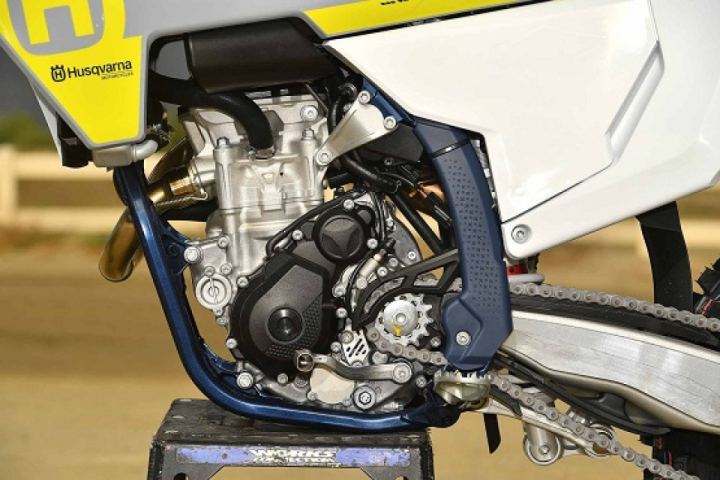 The FC 250 engine is known for having the simplest range to manage. This doesn't mean it lacks power - far from it. In the 2023 Husqvarna model, the engine has been tilted back by two degrees and the sprocket has been lowered by 3 mm to reduce squat during acceleration. Engineers also redesigned the cylinder head, making it more compact and lightweight. The engine mounts are now parallel to the head, which improves overall handling.
The FC 250 engine is known for having the simplest range to manage. This doesn't mean it lacks power - far from it. In the 2023 Husqvarna model, the engine has been tilted back by two degrees and the sprocket has been lowered by 3 mm to reduce squat during acceleration. Engineers also redesigned the cylinder head, making it more compact and lightweight. The engine mounts are now parallel to the head, which improves overall handling.
Along with several maps, launch control, and traction control, the Keihin engine management system has an additional feature - quickshifting. This feature assists when shifting from second gear and above. A drum shift deformation sensor informs the EMS when the rider is about to shift, briefly cutting ignition to reduce engine load and enable effortless clutchless shifting.
As for dyno testing, the 2023 engine is slightly more powerful up to 9500 RPM compared to the previous year. From 9500 to 13,800 RPM, the new engine produces an additional horsepower. Surprisingly, the peak power of the entirely new 2023 engine is right up there with the previous six-year-old FC250 engine - 44.6 horsepower (in 2022, it delivered 44.3 hp). When it comes to torque, both engines peak at 28.47 Nm.
However, it has actually lost some of the initial responsiveness that the 2022 engine had. Comparing the new 2023 Husky FC250 to the Yamaha YZ250F, Honda CRF250, Suzuki RMZ250, GasGas MC250F, and the previous KTM/Husky engines, it's less exciting on throttle input, but it quickly gains revs afterward. The 2023 engine is a step up across the entire RPM range compared to the 2022 bike. It doesn't have a strong hit in any specific area; it simply has more power throughout the range. Overall, even with a more potent mid-range, the FC250 engine still needs to be revved out to extract its full power.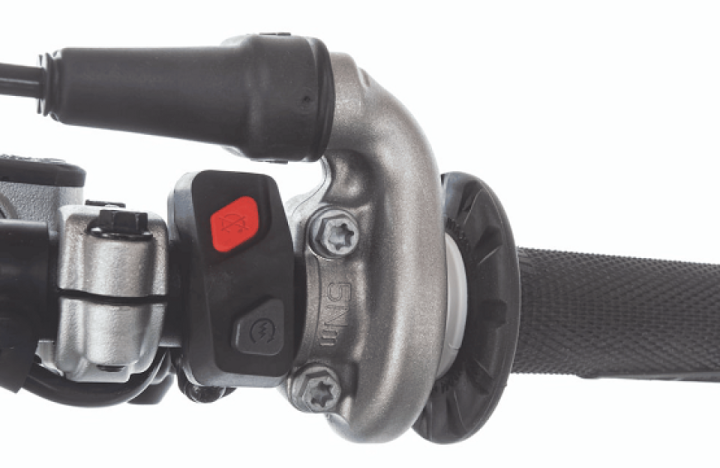 Now, regarding the ignition maps. In the past, MXA test riders complained about the lack of differentiation between Map 1 and Map 2 on Husqvarna (and KTM) bikes. In 2023, the Austrians made an effort to make the maps distinct, and they succeeded. The differences between the two maps are noticeable enough that all our test riders opted for the green map (Map 2) throughout testing. It didn't take much time for them to realize that Map 2 was quicker and produced more usable power. Map 1 was mellower, which made it easier to keep the FC250 in check, but most of our test riders had no issues with it, so they stuck with Map 2. Clearly, a softer map on the FC250 is less crucial than on the FC450 because the 250cc engine needs more power, whereas the 450cc needs to be more manageable.
Now, regarding the ignition maps. In the past, MXA test riders complained about the lack of differentiation between Map 1 and Map 2 on Husqvarna (and KTM) bikes. In 2023, the Austrians made an effort to make the maps distinct, and they succeeded. The differences between the two maps are noticeable enough that all our test riders opted for the green map (Map 2) throughout testing. It didn't take much time for them to realize that Map 2 was quicker and produced more usable power. Map 1 was mellower, which made it easier to keep the FC250 in check, but most of our test riders had no issues with it, so they stuck with Map 2. Clearly, a softer map on the FC250 is less crucial than on the FC450 because the 250cc engine needs more power, whereas the 450cc needs to be more manageable.
How did the traction control work? Good question. It was terrible! In the past, Husqvarna touted that its ECU-controlled electronic system managed engine RPM, and when a sudden spike (rev spike) occurred, it retarded the ignition timing. On the 2022 and earlier models, we believed them. Running in the "TC" mode didn't make much of a difference on those bikes, but our test riders used it when the track was slippery, tightly packed, or exceptionally rough late in the day. Now, on the 2023 FC250, the anti-wheelie system is just awful. It feels like it hampers the bike on the track by 25 percent, which is too much. The "TC" mode also makes the bike sound overly rich.
Suspension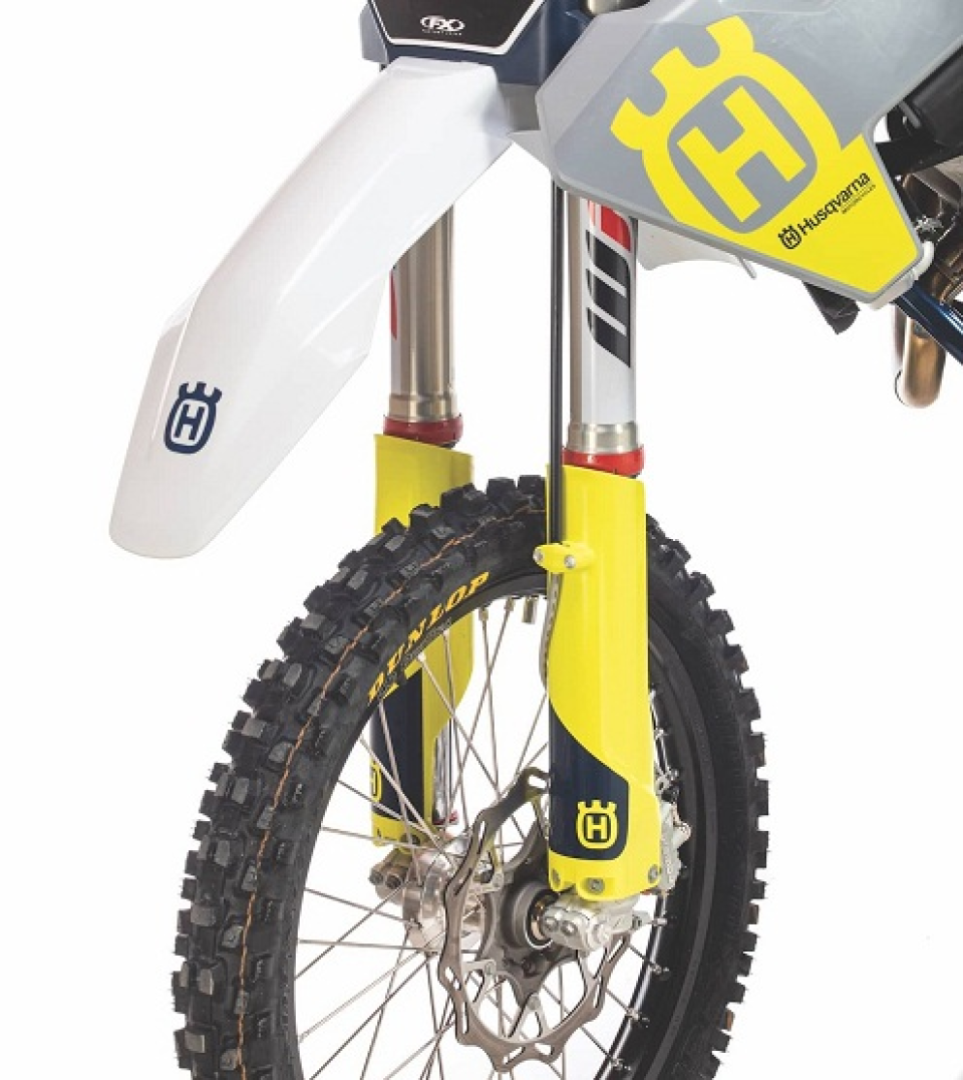
Overall, the 2023 WP XACT air fork is better than the forks on Honda, Suzuki, and Kawasaki bikes. Your first ride on the new air fork will convince you that buying this bike was an epic mistake. Try to spend as much time as possible, at least five hours when it's new, before worrying about how it works. We guarantee the fork will be horrible, but once it's broken in, it will perform fine, and you can fine-tune the air pressure and clicker settings to achieve the desired plushness.
To take advantage of the added features, the rider must learn to balance the working load between the fork's air pressure and its damping clickers. Too many riders adjust damping by changing air pressure, which doesn't make sense. Once you find the right air pressure for your weight, speed, and style, all adjustments should be done through the clickers.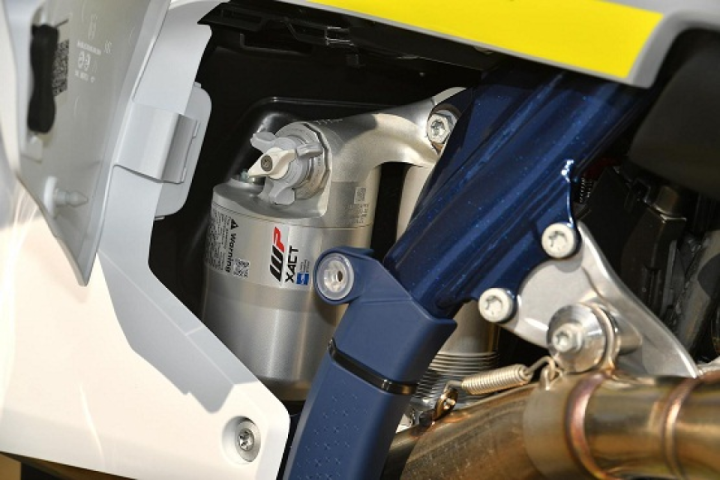
Husqvarna is very user-friendly thanks to the new manually adjustable clickers on the front fork and shock. WP forks have had plastic compression adjusters for years, and in 2021, they got a similar-style rebound adjuster on the bottom of the right fork leg. This year, WP engineers brought the same ideas to the high-speed, low-speed, and rebound adjusters on the shock. The high and low-speed adjusters on the shock body are easy to use, but the rebound adjuster at the bottom of the shock is hard to access because it's challenging to reach behind the linkage. Fortunately, there is a spot where a flat-blade screwdriver can access the rebound clicker slot.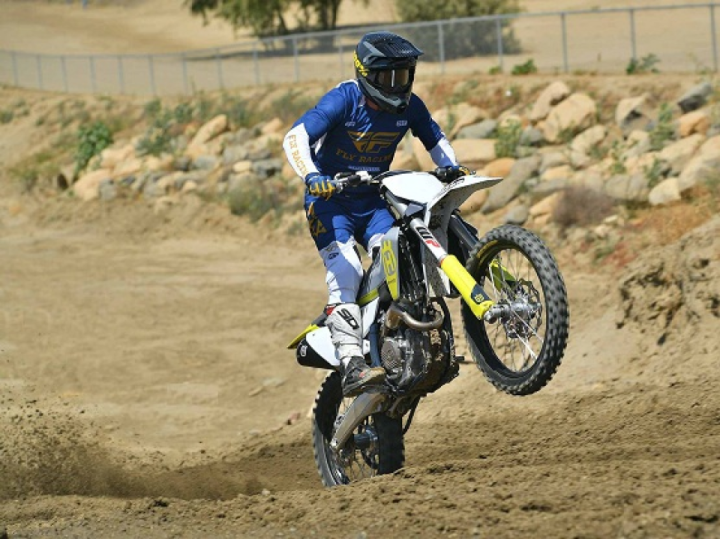
For two consecutive years, the Husqvarna FC250 has topped our rankings (MXA), so our test riders had high hopes for the new 2023 model. They were disappointed by the frame stiffness and the extended break-in period. We believe many riders buying the 2023 FC250 and riding it for the first time will blame the air fork when, in reality, it needs a frame break-in.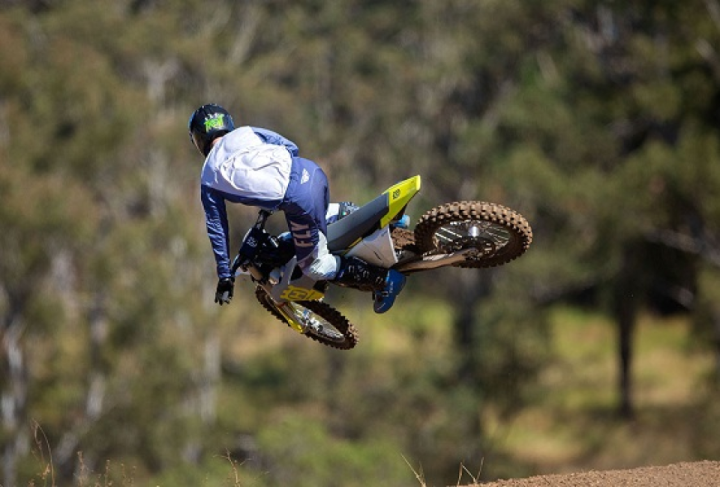
This bike is not as user-friendly as the previous model because it's more sensitive to suspension changes. One click on compression and a 2mm increase in sag now have much more significance than before. Overall, the 2023 machine is better than the previous year's, but it took us time to realize it.
#Offroad #HusqvarnaFC #FC250 #Husqvarna



